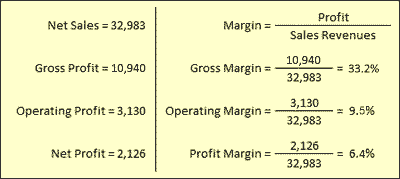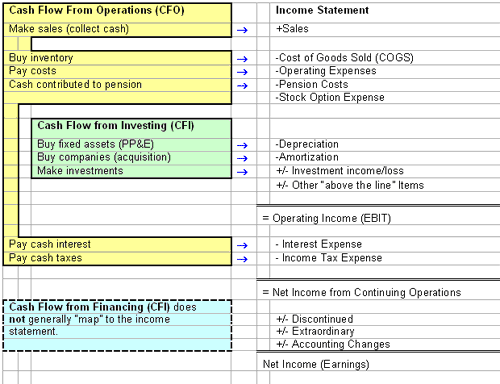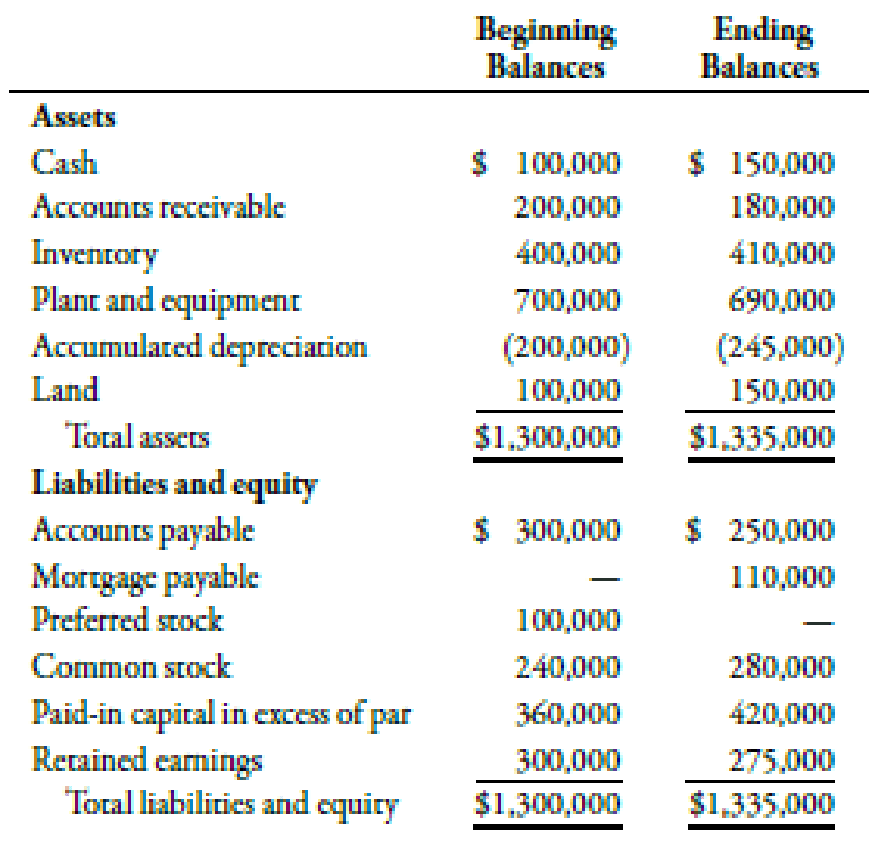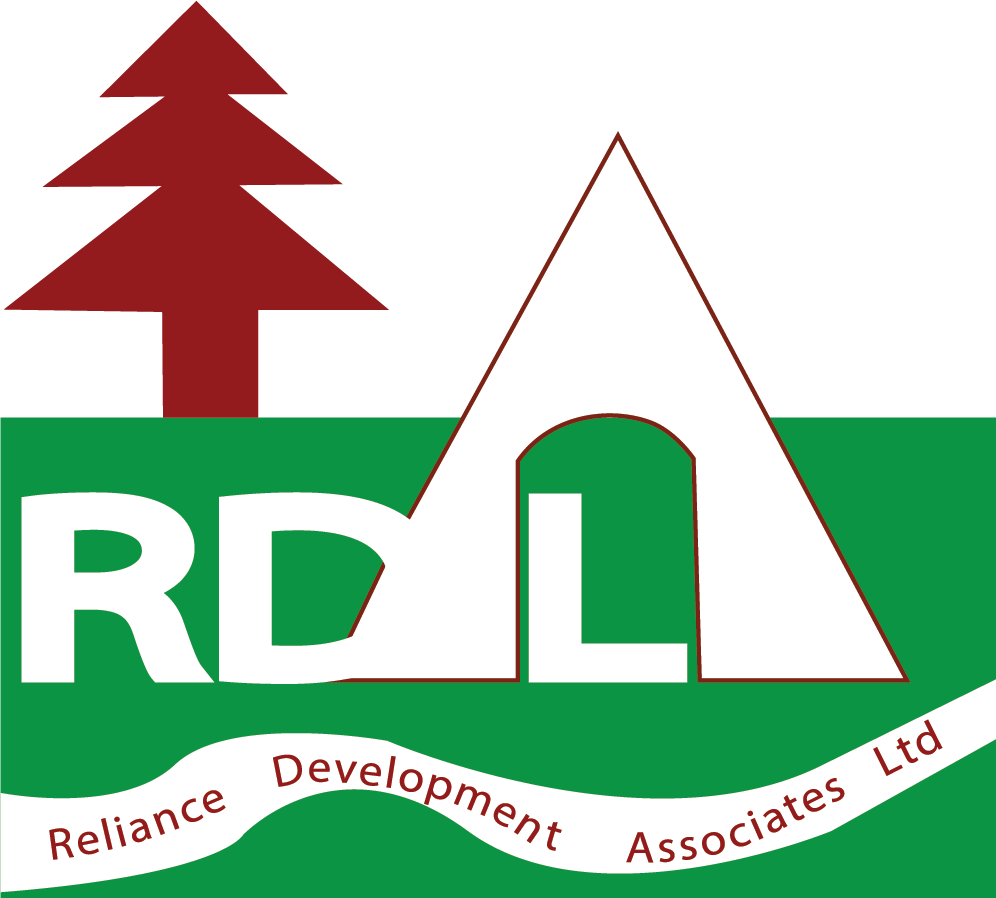Essentially, expense allowances are built not to exceed budget limits, while income projections are the minimum needed to balance the budget. Financial analysts need to calculate the variances between the two figures to evaluate the budget’s efficacy and the organization’s fiscal health. Teams should review the budget regularly and compare it with actuals, making each department responsible for any variances that occur.
NextEnergy Solar Fund delivering reliable returns with generation … – DirectorsTalk Interviews
NextEnergy Solar Fund delivering reliable returns with generation ….
Posted: Thu, 17 Aug 2023 06:34:39 GMT [source]
Forecasts are used to identify trends to grade the financial position of the company. Forecasting, on the other hand, projects where a company is headed based on the latest available information. While budgets are static and usually prepared for a year or longer periods, forecasts are updated monthly or quarterly. A forecast is a financial snapshot of the future as it is best understood today. When creating a forecast, teams must examine possible financial outcomes based on the most up-to-date drivers and assumptions. The result is a view of how the business is trending so that the leaders can determine whether or not adjustments should be made to the existing budgets or plans.
What Is Bottom-Up Budgeting and Forecasting?
Budgeting quantifies the expected revenues that a business wants to achieve for a future period. In contrast, financial forecasting estimates the amount of revenue or income achieved in a future period. Clearly, the main difference between budgets and forecasts is their overall purpose. In other words, forecasts are strategic tools for charting growth over a multi-year period, while budgets are tactical tools for managing operations.

However, it’s also important not to discount the potential benefits of a budget. Ultimately, budgeting and forecasting go hand in hand, and can be used in tandem to optimize your company’s long-term strategy. Incremental budgeting, on the other hand, builds on the previous year’s budget and adjusts it based on changes in revenue and expenses. The budgeting process usually involves setting financial goals, estimating revenues and expenses, creating a budget, monitoring progress, and making adjustments as the year progresses.
What’s the difference between a plan, a budget, and a forecast?
These companies then are able to be more responsive in a fast-moving market while avoiding the surprises of their quarterly-routine forecasts. It looks at the budget targets and brings in past information, along with market and industry analysis, to predict whether the anticipated target will be achieved. Financial forecasting refers to using your company’s past performance data and assumptions to predict future results. A well-written financial forecast should be a roadmap for running a business. A forecast is based on business drivers, like unit sales, hours billed, or memberships sold. Those drivers, once revealed and documented, can be tracked and measured, which allows the business owner to stay on top of very practical targets month by month.

Though the terms ‘budgeting’ and ‘forecasting’ are sometimes used interchangeably, it’s important to understand what the terms actually mean. Find out how the company used IBM planning analytics to provide monthly and weekly reporting for engineering, marketing, sales and operations. Budgeting, planning and forecasting software can be purchased as an off-the-shelf solution or as part of a larger integrated corporate performance management (CPM) solution. Budgets can be used as a tool to give some level of spending control to department managers or other leaders in a business. Instead of the owner or CEO having to make all spending decisions, budgets allow spending to be delegated since the budget acts as a guideline that dictates how much to spend in particular areas.
What Are the Different Types of Budgets?
In essence, it’s the difference between an intention and an expectation. When you’re heavily invested in the outcome, it can be difficult to clearly separate goals (that is, the thing you are aiming for, or budget) from an objective estimate of what will actually happen (forecast). For instance, a business owner might update sales volume, cash flow, and revenue forecasts every quarter.
Although they should be realistic, budgets might be better characterized as “hopes” or “intentions” rather than actual expectations. After all, executives have limited visibility to what the future might hold. Budgets may account for potential fluctuations in economic activity, but at their core, they tend to be optimistic and aspirational.
- Thus, Forecasting provides a direction to the company’s strategic growth plan and helps make strategic decisions like new product introduction or acquisitions or addressing the cyclical pattern of demand, etc.
- The budget is also commonly considered “unmovable” and is used to gauge performance of actuals or forecast data versus the planned budget.
- Qualitative forecasting, on the other hand, relies on expert opinions, surveys, and other non-mathematical approaches to make predictions.
- The emergence of mainframe computers in the 1960s and personal computers in the 1980s sped up the process.
A budget is a detailed statement of expected revenues and expenditures which quantifies the tactical plans of the management to reach a desired goal for the company during a specified period. Forecasting estimates future outcomes that quantify the company’s direction during the forecasted period. Forecasts, being strategic, help companies to realize their growth plans.
A forecast, on the other hand, estimates the future financial progress and outcomes of the business. Management teams use historical data and growth rates to forecast what the business’s financials will look like in the future. A budget reveals the shape or direction of a company’s finance, while the forecast tracks whether or not the company is meeting its financial goals as outlined in the budget. Long-term financial forecasting may be done without first having a budget, but it would likely use past key indicators from previous budgets. Forecasts tend not to go into granular detail, but instead provide a high-level overview of where your business is expected to be in the coming months and years. The budgets are prepared for the forthcoming period, considering various objectives of the business organization such as vision, mission, goals, objectives, and strategies.
Budgeting for Better Outcomes: How to Take Control of the Fiscal Planning Process
Put simply, a budget is an outline of your company’s expectations for the upcoming financial period, usually one year. It’s essentially a summary of your goals, summing up where you want your company to be by the end of the given period. Budgets have a variety of features, including estimates of your revenue and expenses, expected debt reduction, and expected cash flows. Budgeting is the process of creating a financial plan for a specific period (usually a year) that outlines your expected revenues and expenses. Budgeting has the very specific goals of allocating your financial resources effectively, setting a standard that you can use to measure your progress, and helping you make adjustments. The most financially disciplined businesses leverage all three tools in planning and operations.
HOW THIS U.S. DEBT DOWNGRADE IS DIFFERENT FROM 2011 – OCNJ Daily
HOW THIS U.S. DEBT DOWNGRADE IS DIFFERENT FROM 2011.
Posted: Mon, 14 Aug 2023 17:08:47 GMT [source]
In fact, financial forecasting, budgeting, and planning each serve a unique purpose. A plan serves as the foundation, a budget guides how to allocate cash, and a forecast projects the financial future of the business. Budget is the financial plan prepared by the business for its future economic activities. On the other hand, the forecast is just a prediction about future inflows and outflows of the business organization. Both of these are financial planning tools that assist the senior management of the organization in the decision-making process. While you can have a forecast for the entire year or even several years, companies typically have a revenue forecast for the quarter or six months out.
What is a budget?
The logic is that to adapt to today’s quickly changing business conditions, an organization needs one solution that creates a single source of truth and visibility into all its data. These solutions can extend well beyond the financial aspects of the business, becoming a powerful forecasting engine across the enterprise. Many businesses still base their strategy on annual plans and budgets, which is a management technique developed over a century ago. But in today’s more competitive environment, organizations are realizing that plans, budgets and forecasts need to reflect current reality — not the reality of two, three or more quarters ago.
Even if your current customer acquisition is on target, you can still see a difference between your budget and your forecast if your customer churn is different. In this case, your forecast, which is based on your actual numbers (that aren’t hitting the target currently), will show revenue Difference between budget and forecast numbers that are lower than your budgeted numbers. Let’s say you created your budget with the assumption that you would acquire a specific number of new customers each month. So what could cause your budget and forecast to look completely different from one another when you compare them?
Impact on business: Tactical vs strategic
You assumed this tier would have the same conversion rate as your basic tier. But in reality, the conversion rate was lower because the cost was higher and the product was new. To forecast this year’s revenue, gather information about your previous performance and make assumptions. This year, its budget includes a goal to increase revenue by 20%, bringing it to $3.6m. When you have a realistic financial projection, you can prepare a budget to meet your different goals.
The QuickBooks Blog covers a wide range of business-related topics – it’s all part of our mission to help small businesses grow. In order to build the full picture, the forecast is based on all the elements of the underlying business model. Besides revenue and expenses, things like capital expenditures and debt servicing, and even elements like strategic partners and other resources are considered. If business scenarios are only considered using budgeting techniques, the tendency is to be overly cautious.

As we mentioned above, you don’t want to waste time budgeting for financial and business growth that will never really happen. A forecast helps you ground your predictions in reality by taking past financial growth and projecting that growth in the future. A budget is a financial tool for estimating financial performance over a specified period. It helps companies prepare for uncertainties and serves as a baseline to compare targets to actual results.
In short, a business always needs a forecast to reveal its current direction, while the use of a budget is not always necessary. Forecasting may involve projecting worst-case scenarios to determine how much cash your business needs to keep on hand or best-case scenarios to calculate potential employee bonuses. Colloquially, the “plan” is sometimes used interchangeably with the most recent budget or forecast, and can be broadly considered the budget or forecast that is the most likely “version of truth”.
